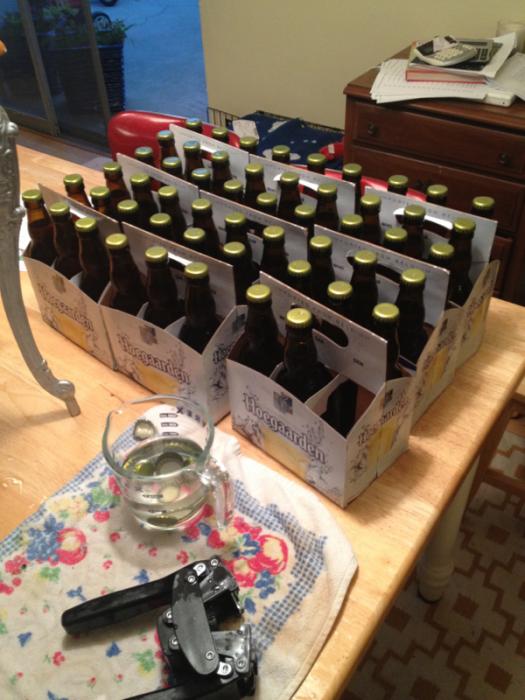kiwi4president
Member
I've got my beer in the primary bucket right now with a spigot. Its been in there for two weeks. I'm looking to transfer to a bottling bucket to bottle. Not planning on using secondary but I'm also not opposed to it. I tried some beer through the spigot and the first bit I got was cloudy and FULL of trub, sour nasty trub. At first I was concerned it was sour because I had some sort of infection but I think its just unadulterated yeast I'm tasting (I could be wrong). How can I avoid this when I move to the bottling bucket? Should I use a racking cane or the spigot to transfer?





